Introduction: Tesla’s Dominance in the Electric Vehicle Industry
Since its inception in 2003, Tesla has been a pioneering force in the electric vehicle (EV) market. Under the leadership of CEO Elon Musk, the company has not only revolutionized the automotive industry but also popularized the electric vehicle as a mainstream option. Tesla’s innovative technologies, strong brand image, and commitment to sustainability have made it one of the most influential companies in the global car market.
However, as the EV industry continues to grow and become more competitive, one key question arises: Can Tesla continue to maintain its leadership in the global electric vehicle market, or will new entrants and shifting market dynamics challenge its position?
In this article, we will explore Tesla’s current position in the market, the challenges it faces, and the factors that will determine whether it can sustain its dominant role in the years to come.
1. Tesla’s Current Position in the EV Market
a. Global Sales and Market Share
Tesla has enjoyed a commanding lead in the global electric vehicle market, particularly in the high-end EV segment. As of recent years, Tesla has consistently ranked as one of the top EV manufacturers in terms of sales, with its popular models, such as the Model 3, Model S, Model X, and Model Y, contributing significantly to its success.
- Tesla’s dominance in the U.S.: Tesla has a particularly strong foothold in its home country, where it accounts for a significant percentage of the overall electric vehicle sales. The Model 3, for example, has been the best-selling EV in the U.S. for several years running.
- International markets: Tesla has also expanded its reach globally, with significant sales in Europe and China. The opening of Gigafactories in Shanghai, Berlin, and Austin has helped Tesla meet the growing demand for EVs in key markets.
Despite its impressive growth, Tesla’s market share is being increasingly challenged by the entry of established automakers and new players in the EV space, signaling that the competition is intensifying.
b. Strong Brand and Innovation
One of Tesla’s most significant advantages is its brand identity. The company is synonymous with innovation, luxury, and sustainability. Tesla vehicles are often regarded as high-performance, cutting-edge cars that appeal to tech-savvy and environmentally conscious consumers. Elon Musk’s visionary leadership and his ability to attract attention to the brand have further cemented Tesla’s position as a leader in the EV market.
- Technology leadership: Tesla’s vehicles are equipped with advanced technologies, including Autopilot, a semi-autonomous driving system, and a sophisticated infotainment system. Tesla’s continual software updates, which improve vehicle performance and add new features over time, have set a standard for the industry.
- Supercharger network: Tesla’s proprietary Supercharger network is another advantage. It provides Tesla owners with fast-charging stations that are more widely available than most other charging infrastructures, giving the brand an edge in terms of convenience and long-distance travel.
However, as competitors ramp up their EV offerings and develop their own charging networks, Tesla’s technological advantages may face challenges.
2. Challenges Tesla Faces in Maintaining Its Market Leadership
a. Increasing Competition from Established Automakers
While Tesla’s dominance in the EV market has been remarkable, it is facing increasing competition from traditional automakers that are investing heavily in electric mobility. Brands like Volkswagen, Ford, BMW, and General Motors (GM) have committed to transitioning their fleets to electric power in the coming years. This shift is a direct challenge to Tesla’s market leadership.
- Volkswagen’s ID series: Volkswagen has launched its ID.3, ID.4, and other models as part of its ambitious electric vehicle strategy. The company plans to become the world’s largest EV maker by 2025, targeting both mass-market consumers and premium buyers.
- Ford’s EV push: Ford has entered the EV market with models like the Mustang Mach-E and the upcoming electric F-150 Lightning, capitalizing on its strong brand recognition and customer loyalty.
- BMW, GM, and others: Other automakers, including BMW, Mercedes-Benz, and GM, have also made major strides in launching new electric models and developing future EV platforms. Many of these companies have deep experience in manufacturing, established brand loyalty, and extensive global distribution networks, making them formidable competitors to Tesla.
As these traditional automakers ramp up their EV production and innovation, Tesla will have to fight to maintain its market share, especially in segments where these companies already have a strong presence.
b. Supply Chain and Production Challenges
Tesla has achieved remarkable success in scaling its production capacity, but maintaining and expanding that production capacity remains a significant challenge. The company’s ability to scale up production to meet rising demand while maintaining quality and reducing costs will be critical to its continued success.
- Battery supply: One of the key components of any EV is its battery, and Tesla relies on a limited number of battery suppliers, particularly Panasonic and its own Gigafactory. The supply of batteries is crucial for sustaining production levels, and any disruption or shortage could negatively impact Tesla’s ability to meet demand.
- Manufacturing complexity: While Tesla has made significant strides in streamlining its manufacturing process, the complexity of building vehicles at scale is an ongoing challenge. Expanding its Gigafactories in various regions (including Shanghai, Berlin, and Texas) is critical, but logistical and regulatory hurdles could delay or complicate these efforts.
- Raw material availability: The global shortage of semiconductors and rising prices for raw materials, such as lithium and cobalt, could also pose a significant challenge for Tesla’s supply chain and production costs.
To continue leading the market, Tesla will need to ensure that it has the capacity to meet increasing demand while maintaining high production quality and controlling costs.
c. Regulatory and Legal Issues
As Tesla’s market share grows, it faces increased scrutiny from governments and regulatory bodies worldwide. The company must navigate complex regulations related to safety, emissions, and autonomous driving technologies.
- Autopilot and safety concerns: Tesla’s Autopilot system has faced criticism and regulatory scrutiny due to safety concerns, particularly after several high-profile accidents involving Tesla vehicles. The company must continue to address these concerns and ensure that its autonomous driving features are reliable and safe for consumers.
- Emissions standards: While Tesla’s vehicles do not emit greenhouse gases, its competitors still rely on fossil fuel vehicles. Some countries have set aggressive emissions reduction targets, which could create both challenges and opportunities for Tesla. Stringent emissions standards could force traditional automakers to transition faster to EVs, but they could also increase regulatory pressure on Tesla in areas like safety and data privacy.
- Trade and tariffs: Tesla’s global operations make it susceptible to changes in trade policies, tariffs, and import/export regulations. The company’s reliance on international markets like China, where it has a Gigafactory, means that it is vulnerable to political and economic shifts in those regions.
Navigating these regulatory challenges will require careful attention and resources, particularly as the company scales globally.
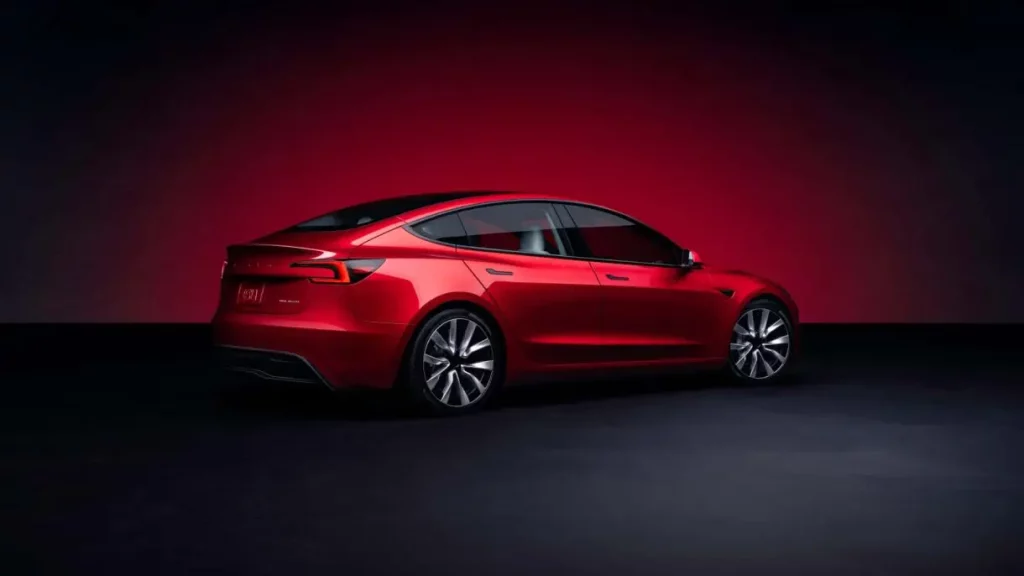
3. Opportunities for Tesla to Maintain Its Leadership
a. Expanding EV Portfolio
One way Tesla can maintain its leadership in the global market is by diversifying and expanding its vehicle lineup. While Tesla currently offers a relatively limited range of vehicles, it has plans to introduce new models that could capture more market segments.
- Tesla Cybertruck: The much-anticipated Cybertruck has generated significant buzz, especially in the U.S. market, where pickup trucks are immensely popular. If successful, the Cybertruck could give Tesla a strong foothold in the highly lucrative truck market, competing with models like the Ford F-150 Lightning and Rivian’s R1T.
- Tesla Semi: Tesla’s entry into the commercial vehicle market with the Tesla Semi could revolutionize the freight and logistics industry, providing an eco-friendly alternative to diesel-powered trucks. The success of this venture would significantly expand Tesla’s market presence.
- Affordable models: Tesla has plans to introduce a more affordable model, which could attract a broader range of customers. A cheaper, mass-market EV could help Tesla capture greater market share, particularly in regions like Asia, where affordable EVs are in high demand.
Expanding its vehicle offerings and tapping into new segments will be crucial for Tesla to maintain its dominance in the global market.
b. Technological Advancements and Battery Innovation
Tesla’s ongoing investment in new technologies, particularly in batteries and energy storage, could provide the company with a significant competitive edge. If Tesla can continue to lead the way in developing more efficient, cost-effective batteries, it will strengthen its position as a market leader.
- Battery advancements: Tesla has already made progress with its 4680 battery cells, which promise to improve energy density, reduce costs, and increase the performance of Tesla’s vehicles. Scaling up production of these batteries could provide Tesla with a substantial advantage over competitors.
- Energy storage solutions: Tesla’s expansion into energy storage solutions, such as the Powerwall and Powerpack, offers the company an opportunity to diversify its revenue streams beyond vehicles. These products, which enable homes and businesses to store renewable energy, align with Tesla’s mission to accelerate the transition to sustainable energy.
Continued innovation in energy and battery technologies could allow Tesla to maintain its competitive edge in the EV market.
4. Conclusion: Will Tesla Maintain Its Leadership?
Tesla’s position as a leader in the global electric vehicle market is undeniable. However, as the EV market continues to grow and attract new competitors, maintaining that leadership will require ongoing innovation, strategic expansion, and effective management of production and regulatory challenges.
Tesla’s brand, technological advantages, and pioneering vision have given it a strong foundation, but the company will need to adapt to the rapidly evolving competitive landscape. Established automakers are investing heavily in EV technology, and new entrants like Rivian and Lucid Motors are gaining traction.
Ultimately, Tesla’s ability to maintain its leadership will depend on how effectively it navigates these challenges while continuing to innovate in areas such as autonomous driving, battery technology, and vehicle design. The future remains bright for Tesla, but the company will have to stay ahead of the curve if it hopes to continue leading the electric vehicle revolution.



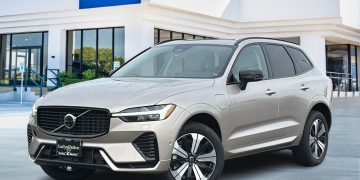







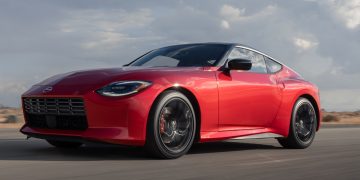


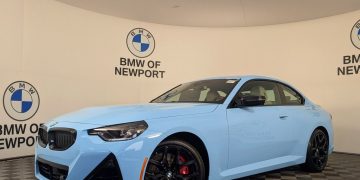






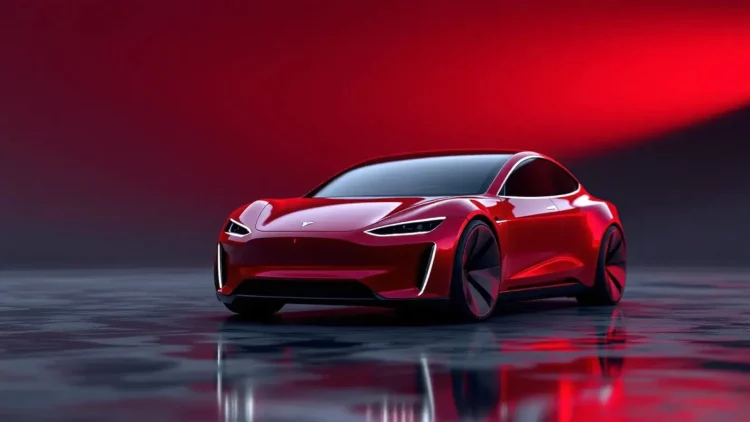












Discussion about this post